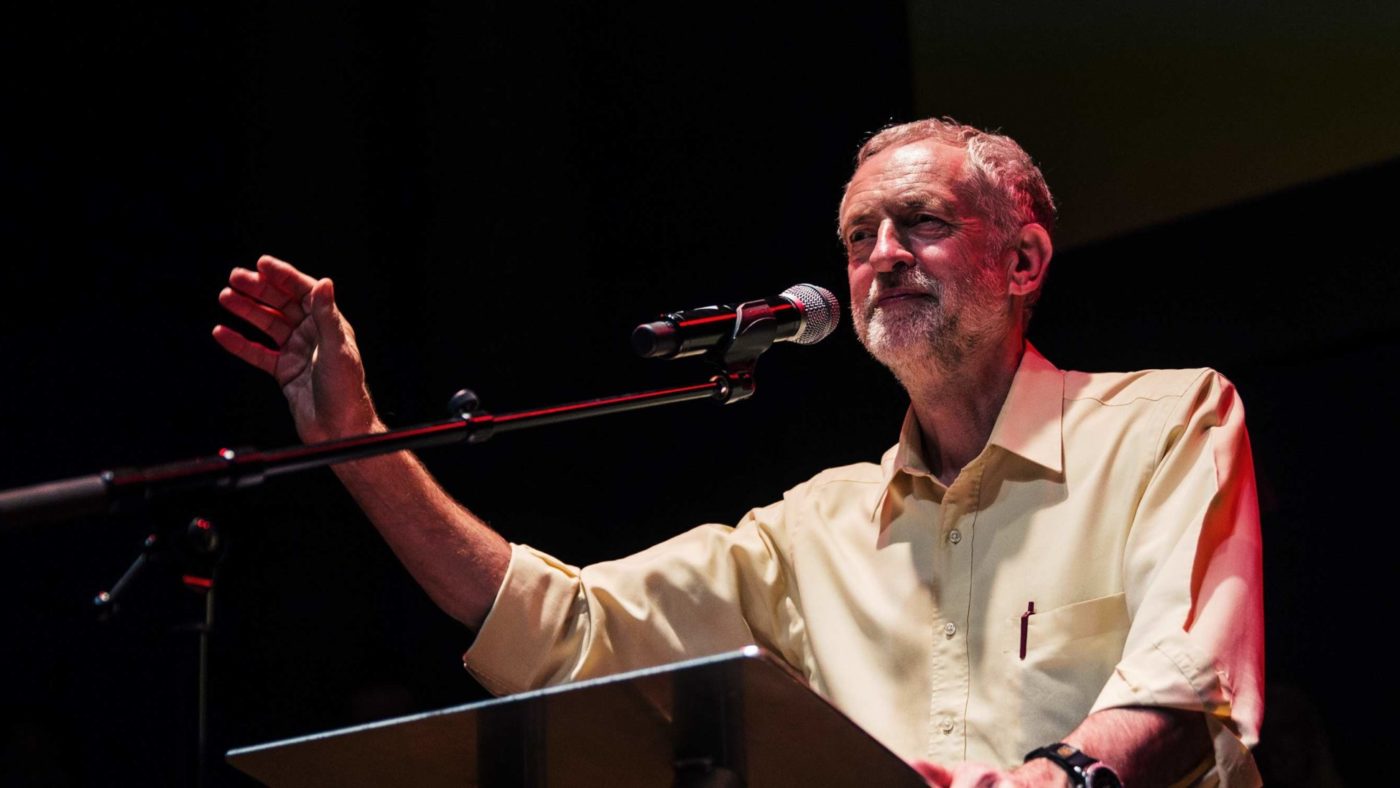“When someone shows you who they are, believe them the first time.”
Normally attributed to Maya Angelou, and later popularised by Oprah Winfrey, these words adorn countless motivational posters and self-help blogs. They distil a truth about human behaviour: people are, generally, consistent. But the phrase has become a useful guide in today’s bizarre political climate.
The use of soundbites and social media has unwittingly helped the cause of politicians who have stuck doggedly to the same positions for their entire career. Politicians can be — and often are — wrong about policy, but those who change their minds are more often decried for flip-flopping than commended for open-mindedness. That results in a politics where unwavering commitment to something — anything — is seen as a badge of honour.
Our politicians are really defined by what that something, that unwavering dogma, is. For Theresa May, that something appears to be a limit on immigration. Brexit is complex, but the problem with her leadership is simple. Theresa May will not compromise: in her case, on immigration.
Jeremy Corbyn is no different. The Leader of the Opposition has not, it seems, changed his opinion on a single issue in his entire time in politics. While his supporters describe this as virtuous, such inflexibility is unlikely to serve him well if he ever does reach high office. Unswerving dogma is not particularly useful in a world of unpredictability and competing economic interests.
That Corbyn is Eurosceptic is beyond doubt, given his voting record over three decades in Parliament. It’s no surprise that pundits and the Twittersphere respond with sarcastic responses of “colour me shocked” every time the Labour Party stalls over backing a second referendum.
Nevertheless, Corbyn’s something is not Brexit. It’s his commitment to a form of politics that is more 20th century than 21st. It is politics with top-down leadership. And despite talk of open selections and a party-wide “democracy review”, Brexit has shown what happens when Corbyn and his inner circle are at odds with the party membership, which predominantly backs Remain.
While the clock has been winding down to the UK’s departure from the EU, Labour policy has been to pay lip service to the possibility of a second referendum. Even this week’s announcement that the party would back a second referendum seemed loaded with caveats and non-sequiturs, not to mention confusion about exactly what the question might be.
So even if the scare of Labour MPs defecting has led to an apparent change of heart from Corbyn, it has been at the eleventh hour, and almost certainly without the parliamentary backing needed to make it a reality. This isn’t unintelligent: with his approach, Corbyn wins. After all, he wants the UK to leave the EU. Labour’s Brexit stance is a symptom of problematic leadership, not the cause.
If he did win a general election, what would a Corbyn government look like? Labour’s 2017 manifesto points to a fairly moderate restructuring of the economy, and more spending on health and education given the views of those at the top of the party. It isn’t the raving-loony-Marxist agenda some would have us believe. But therein lies the problem: is it possible to trust a membership-driven manifesto, when Corbyn’s approach to Brexit has shown that his personal views clearly outweigh those of the membership?
It’s not just on Brexit that there’s a gulf between Corbyn and the Labour membership. During the 2015 Labour leadership campaign, candidate Corbyn set out a plan to completely alter the way the British economy is run. His so-called “quantitative easing for the people” advocates increasing the money supply via the Bank of England. Government debt would thus finance a hyper-Keynesian surge in infrastructure spending.
It all stems from a relatively new and trendy branch of economics called Modern Monetary Theory (MMT), which is based on the idea that countries able to issue fiat currency cannot go bankrupt. This is technically correct, but if a concept sounds too good to be true, it probably is. As the economist Joseph Stiglitz wrote in the New York Times back in 2011, issuing limitless debt without a corresponding rise in tax revenue leads to inflation: “I’m not clear on whether they [MMT advocates] realize that a deficit financed by money issue is more inflationary than a deficit financed by bond issue. For it is,” he wrote.
Corbyn’s one-time flagship policy isn’t quite the same as “printing money”, but it isn’t that far off either. And though it might work on a small scale, history tells us that Corbyn is both stubborn and lacking in humility (he famously dropped out of higher education because he would not defer to his tutors on the curriculum).
Could we trust a Corbyn prime minister with his headstrong personality, dissociated from the party membership, operating a high-risk economic policy? Even Shadow Chancellor John McDonnell, advocates a degree of fiscal restraint.
To return to those motivational posters, perhaps the 2015 leadership election serves as a warning. As Maya Angelou could have said, Jeremy Corbyn has already shown us who he is. We would do well to believe him.
CapX depends on the generosity of its readers. If you value what we do, please consider making a donation.


